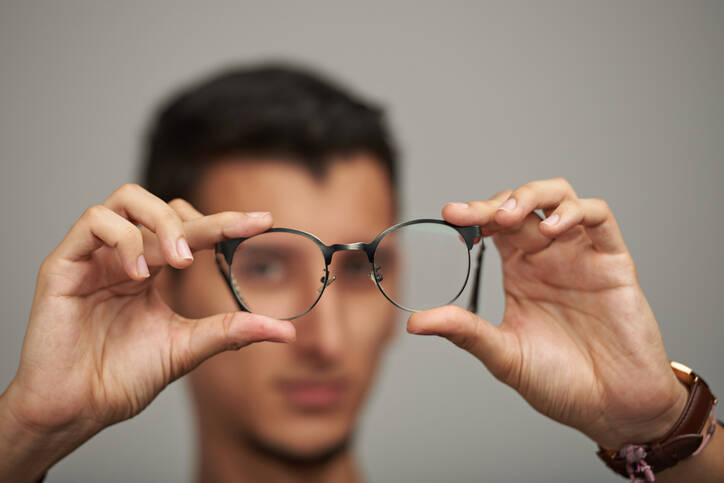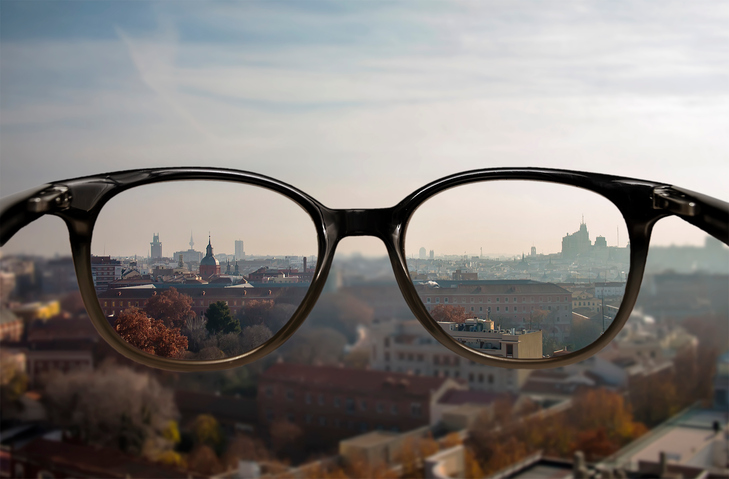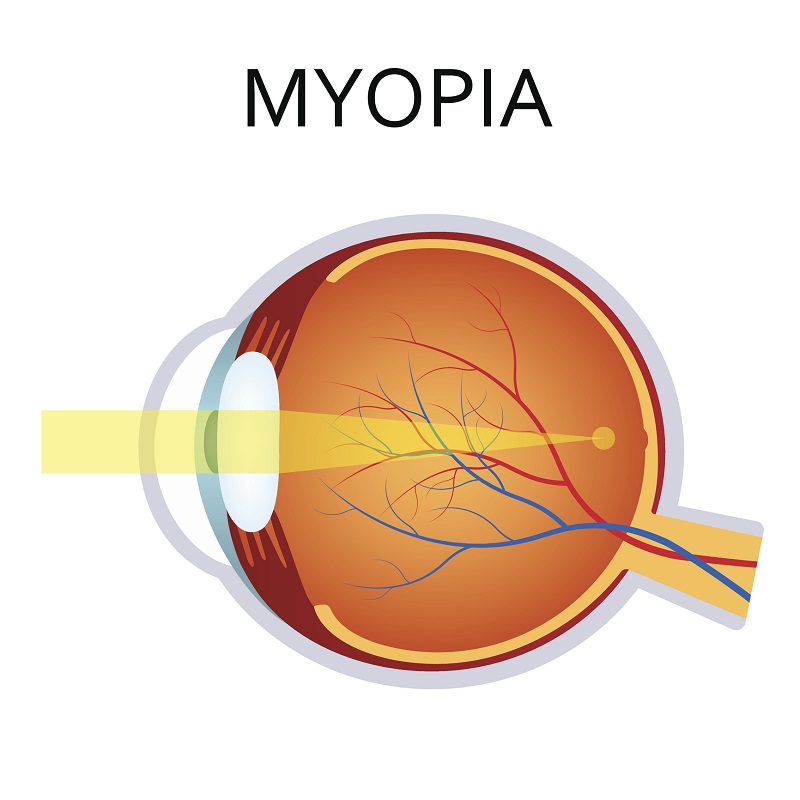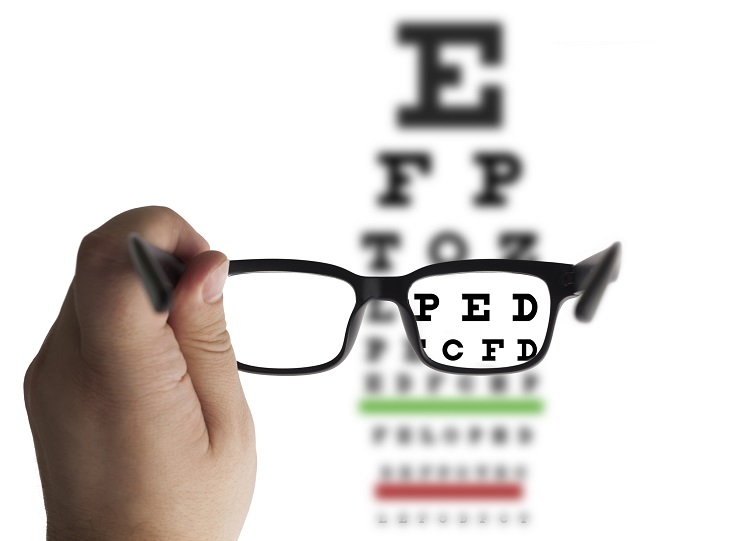- "Facts About Refractive Errors". NEI.
- Foster PJ, Jiang Y (February 2014). "Epidemiology of myopia". Eye. 28 (2): 202–8.
- Pan CW, Ramamurthy D, Saw SM (January 2012). "Worldwide prevalence and risk factors for myopia". Ophthalmic & Physiological Optics. 32 (1): 3–16.
- Holden B, Sankaridurg P, Smith E, Aller T, Jong M, He M (February 2014). "Myopia, an underrated global challenge to vision: where the current data takes us on myopia control". Eye. 28 (2): 142–6.
- Ledford A, Nemeth SC, Ledford JK (2008). Ocular anatomy and physiology (2nd ed.). Thorofare, NJ: SLACK. p. 158. ISBN 9781556427923.
- Ramamurthy D, Lin Chua SY, Saw SM (November 2015). "A review of environmental risk factors for myopia during early life, childhood and adolescence". Clinical & Experimental Optometry (Review). 98 (6): 497–506.
- Xiong S, Sankaridurg P, Naduvilath T, Zang J, Zou H, Zhu J, et al. (September 2017). "Time spent in outdoor activities in relation to myopia prevention and control: a meta-analysis and systematic review". Acta Ophthalmologica. 95 (6): 551–566.
- Hobday R (January 2016). "Myopia and daylight in schools: a neglected aspect of public health?". Perspectives in Public Health. 136 (1): 50–5.
- Pan CW, Dirani M, Cheng CY, Wong TY, Saw SM (March 2015). "The age-specific prevalence of myopia in Asia: a meta-analysis". Optometry and Vision Science. 92 (3): 258–66.
- Dong L, Kang YK, Li Y, Wei WB, Jonas JB (March 2020). "Prevalence And Time Trends Of Myopia In Children And Adolescents In China: A Systemic Review and Meta-Analysis". Retina (Philadelphia, Pa.). 40 (3): 399–411.
- Coviltir V, Burcel M, Cherecheanu AP, Ionescu C, Dascalescu D, Potop V, Burcea M (2019). "Update on Myopia Risk Factors and Microenvironmental Changes". Journal of Ophthalmology. 2019: 4960852.
- Huang HM, Chang DS, Wu PC (2015). "The Association between Near Work Activities and Myopia in Children-A Systematic Review and Meta-Analysis". PLOS ONE. 10 (10)
- Shapira Y, Mimouni M, Machluf Y, Chaiter Y, Saab H, Mezer E (December 2019). "The Increasing Burden of Myopia in Israel among Young Adults over a Generation: Analysis of Predisposing Factors". Ophthalmology. 126 (12): 1617–1626.
- Sivak J (November 2012). "The cause(s) of myopia and the efforts that have been made to prevent it". Clinical & Experimental Optometry. 95 (6): 572–82.
- Xue-Bi; Shen, Shou-Ren; Chen, De-Fu; Zhang, Qingjiong; Jin, Zi-Bing (1 November 2019). "An overview of myopia genetics". Experimental Eye Research.
Myopia: The onset of myopia + how does impaired distance vision appear?

Photo source: Getty images
Most common symptoms
- Eye Pain
- Double vision
- Headache
- Fatigue
- Redness of the conjunctivae
- Blurred vision
- Deterioration of vision
- Increased watery eye
Show more symptoms ᐯ
Myopia treatment: glasses, lenses, laser?
Show more












